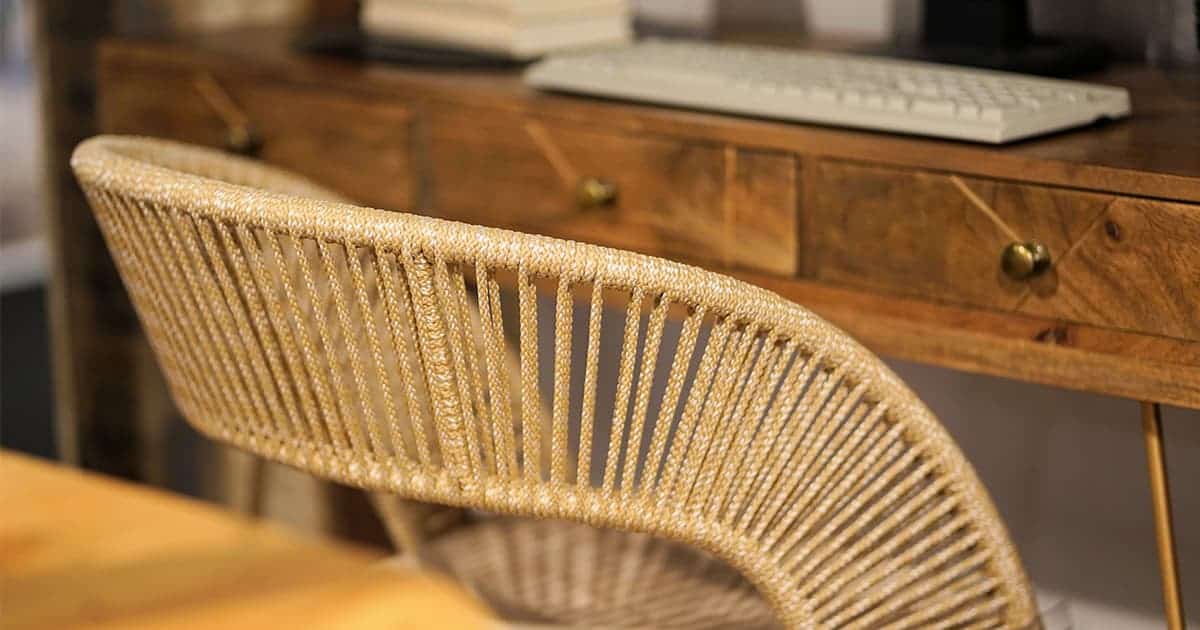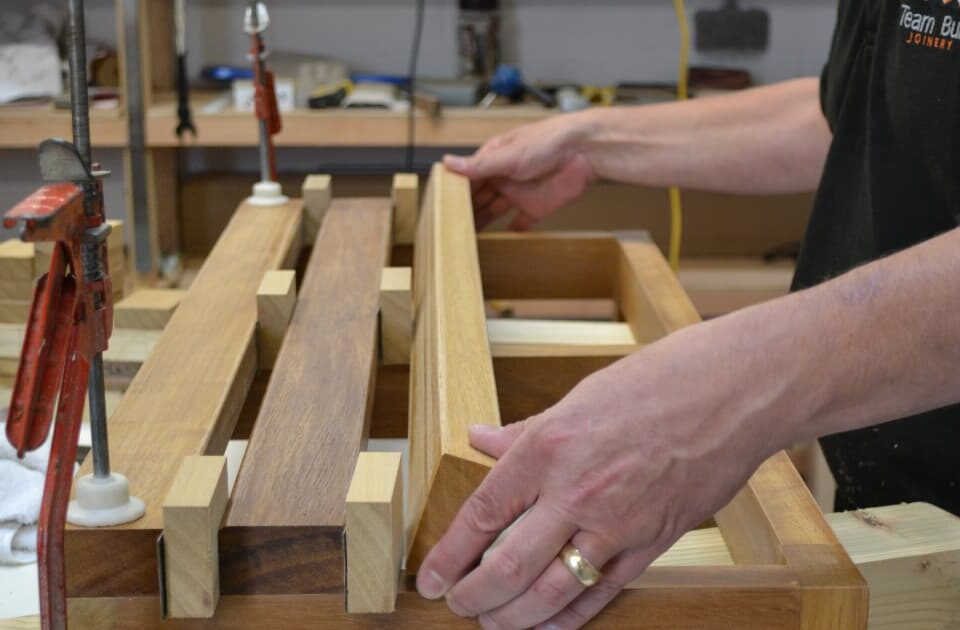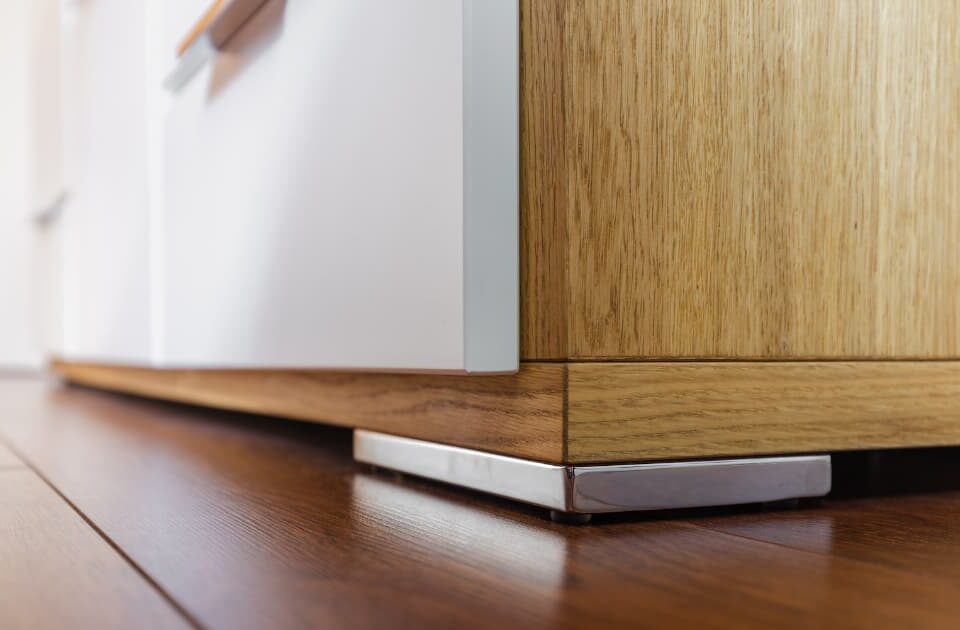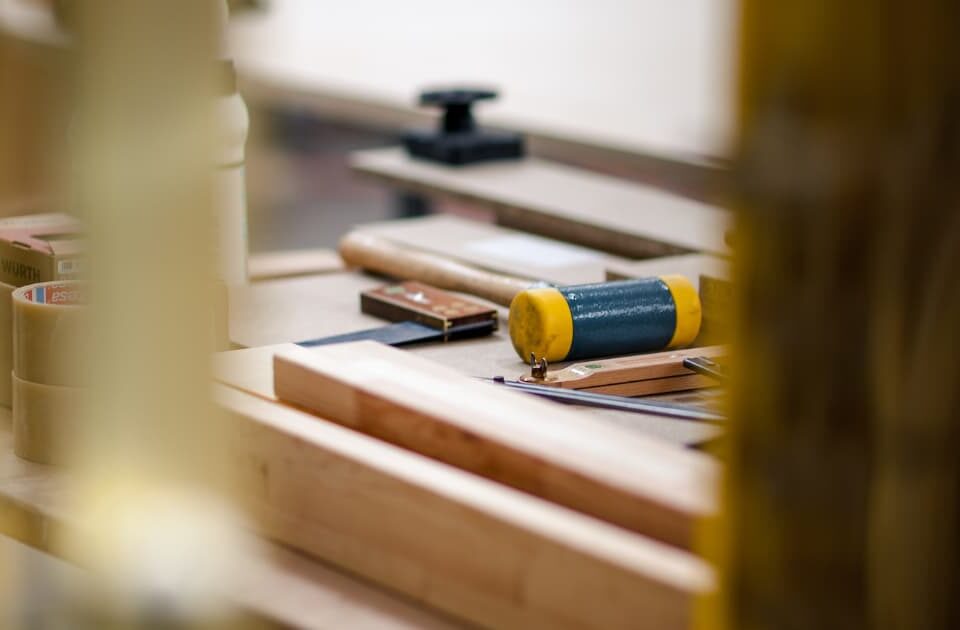A Guide To Buying Wood Furniture

5 Top Tips for Designing a Restaurant Dining Room
27th January 2020
10 Kitchen Design Mistakes To Avoid
16th February 2020Wood is one of the earliest materials used to make furniture. It is also one of the most popular thanks to its variety, durability and sustainability. There are few, if any, types of furniture not made of wood. This is no bad thing. It does, however, mean choosing the right piece of wood furniture can be a little trickier than it first appears. This handy guide to buying wood furniture should help anyone struggling to make a decision about just what pieces are right for them.
Home Design
Whether wood, stone or steel, furniture works best when it reflects the home it lives in. The good news is that wood is versatile enough to use in any range of styles, meaning it will fit into most – if not every – home. Oak, for example, looks just as good in a farmhouse as it does in a penthouse apartment.
The trick is finding the right design: modern and sleek for the penthouse, rugged and rustic for the farmhouse. This will require shopping around. Or, if nothing appeals, commissioning a bespoke furniture design that fits the look and feel of your home.
Remember when buying wood furniture to not only think about the shape and size of a piece but the type of wood. Some wood, like Ash, for example, is ideal for staining, which means Ash furniture is generally available in a range of shades that work with any decorative style. Other woods, such as Mahogany don’t stain as well. These tend to be woods with darker shades, which will work well in homes with lighter paint or wallpaper.
The type of wood also affects the kind of furniture it makes. Maple, for example, is highly flexible and is ideal for furniture with rounded or smoother designs. Mahogany, meanwhile, is softer and more suitable for intricate carvings or ornate furniture. As a result, more traditional furniture styles use Mahogany, while more modern designs often use Maple and Ash.
Types of Wood
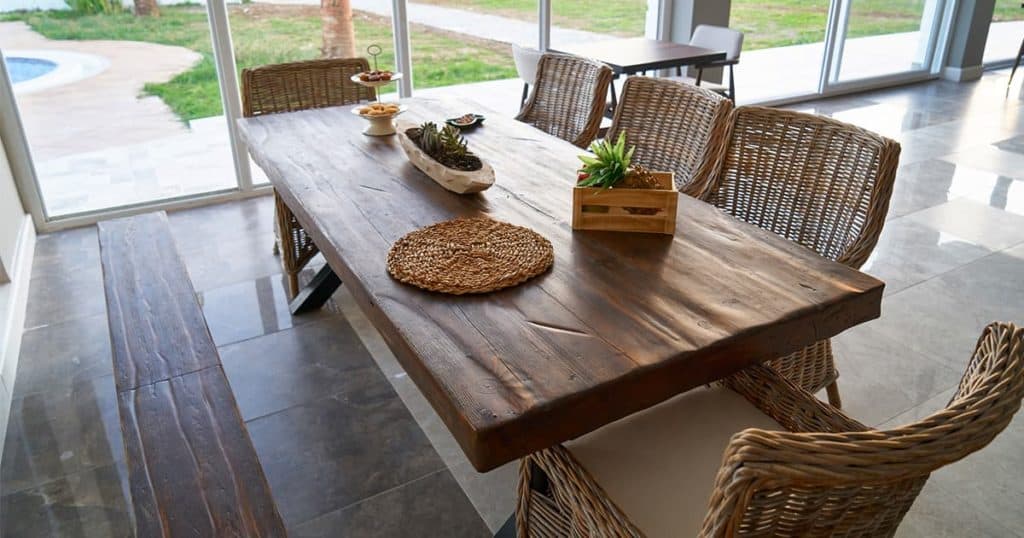
While most wood could be used for furniture, some are more popular than others. We’ve looked at these below, listing the most common and why they work so well for making furniture. These will help any buying decision.
- Ash: Smooth and flexible, Ash is a popular choice for wood furniture because it is highly durable and, because it is light, easy to stain. Its flexibility makes it a great option for furniture with curves.
- Maple: Light like Ash, Maple is also highly durable (so durable, in fact, that it is often used for bowling lanes) and easy to stain or paint. Because it is a hardwood, it stands up to heavy use. It is also moisture resistant.
- Rubberwood: Used in place of maple by a lot of furniture manufacturers because of its durability, Rubberwood is another light wood. Unlike Ash and Maple, however, Rubberwood’s durability is compromised when not properly stained and sealed.
- Oak: A traditional wood used by furniture makers, it is hard-wearing and can be used in most types of furniture. A big benefit of oak is that it comes in a number of different shades include white, brown, grey and red.
- Walnut: Walnut also comes in different shades or at least different shades of brown. These range from light brown through to dark chocolate. The latter is amongst the most popular. As with Oak, Walnut works well for most styles of furniture as it’s hard-wearing.
- Mahogany: Dark like Walnut, Mahogany can have a reddish tint to it. A softer wood, this is ideal for carving. It is why it is often used in ornate furniture. And, despite its darker shade, stains well.
- Acacia: A deep brown wood, Acacia doesn’t stain well. It is, however, water and scratch-resistant, making it a great choice for regular use.
Construction
When buying furniture, remember the type of wood is not all that matters. How the furniture is made is also important. The better the construction, the longer the piece will last. Look for furniture with wooden dowels, interlocking sides or screws rather than glue or staples. The latter are less stable and mean the furniture is more likely to break, making it more expensive in the long-run, even if it’s cheaper at the time.
Environmental Impact
Finally, when choosing wood furniture, it’s important to consider the environmental impact. Whether buying from a department store or commissioning a custom piece of furniture, look for wood that is FSC Certified. The FSC (Forest Stewardship Council) certification confirms that wood has come from sustainable resources and farmed in an environmentally-friendly way.

